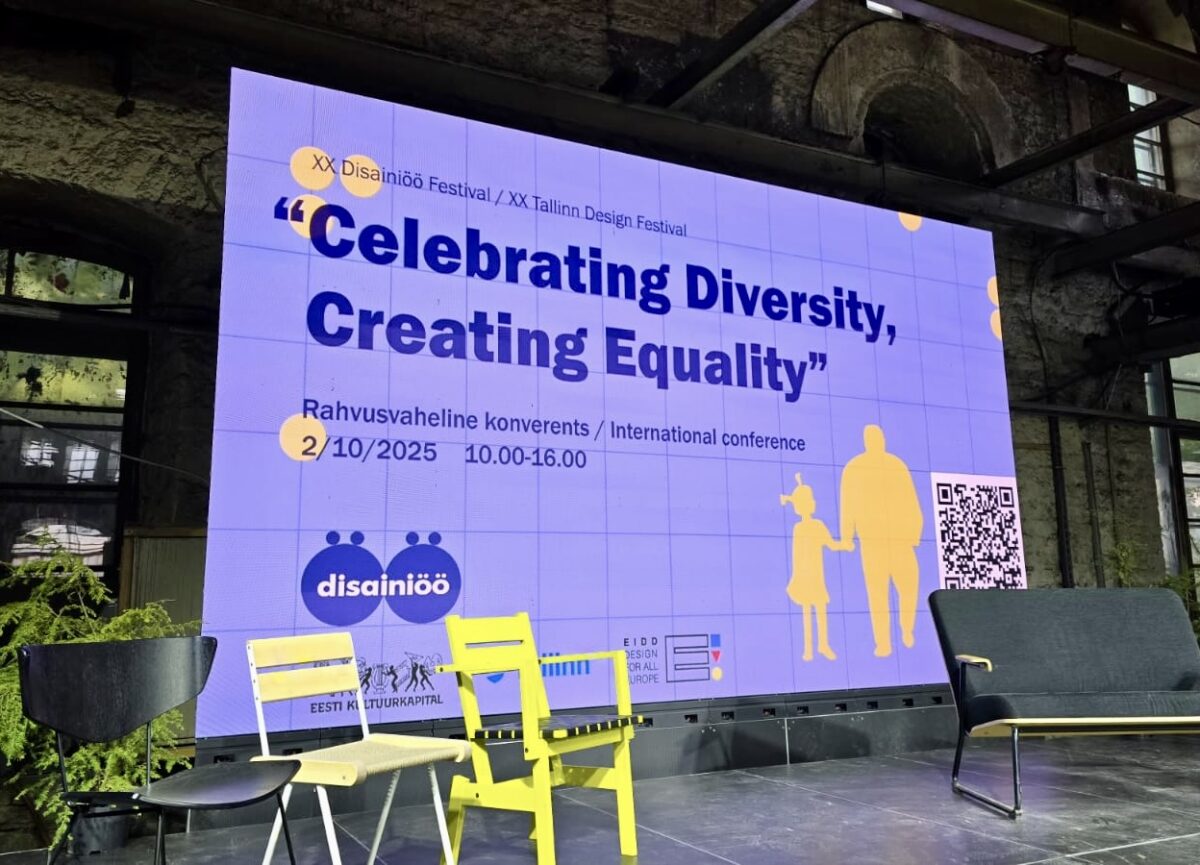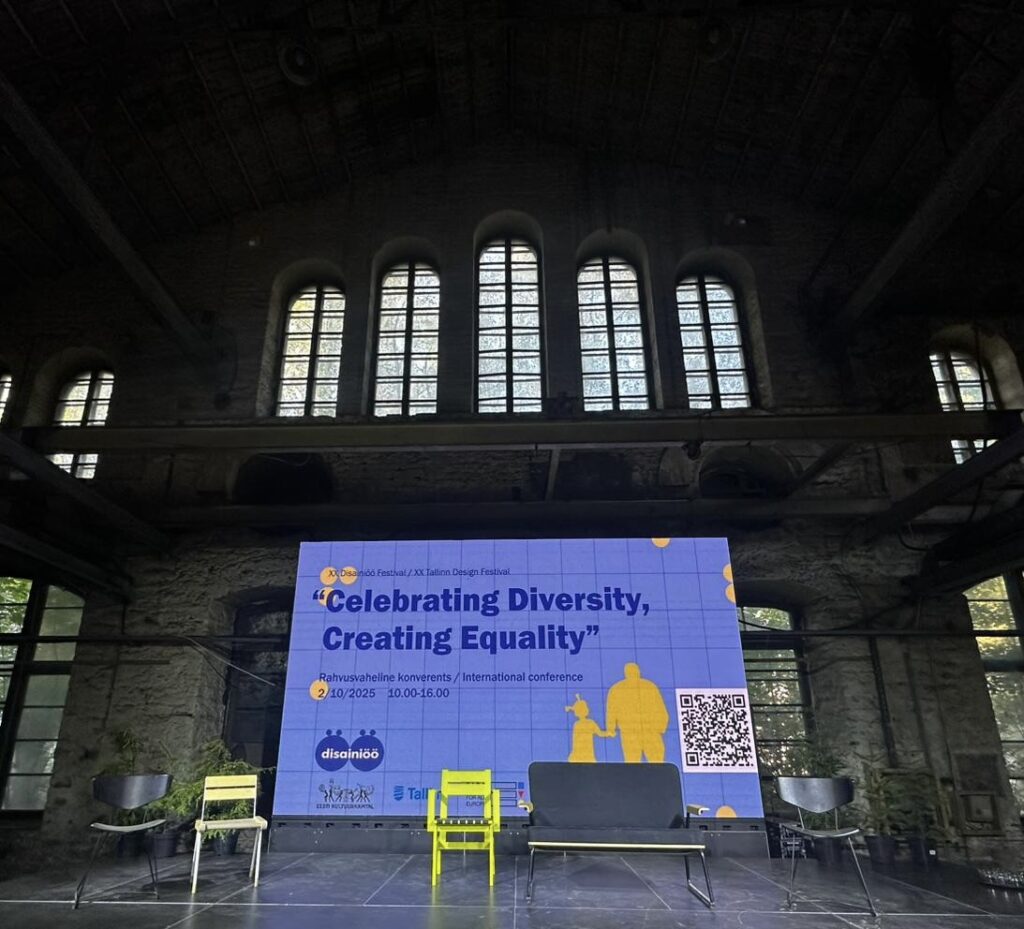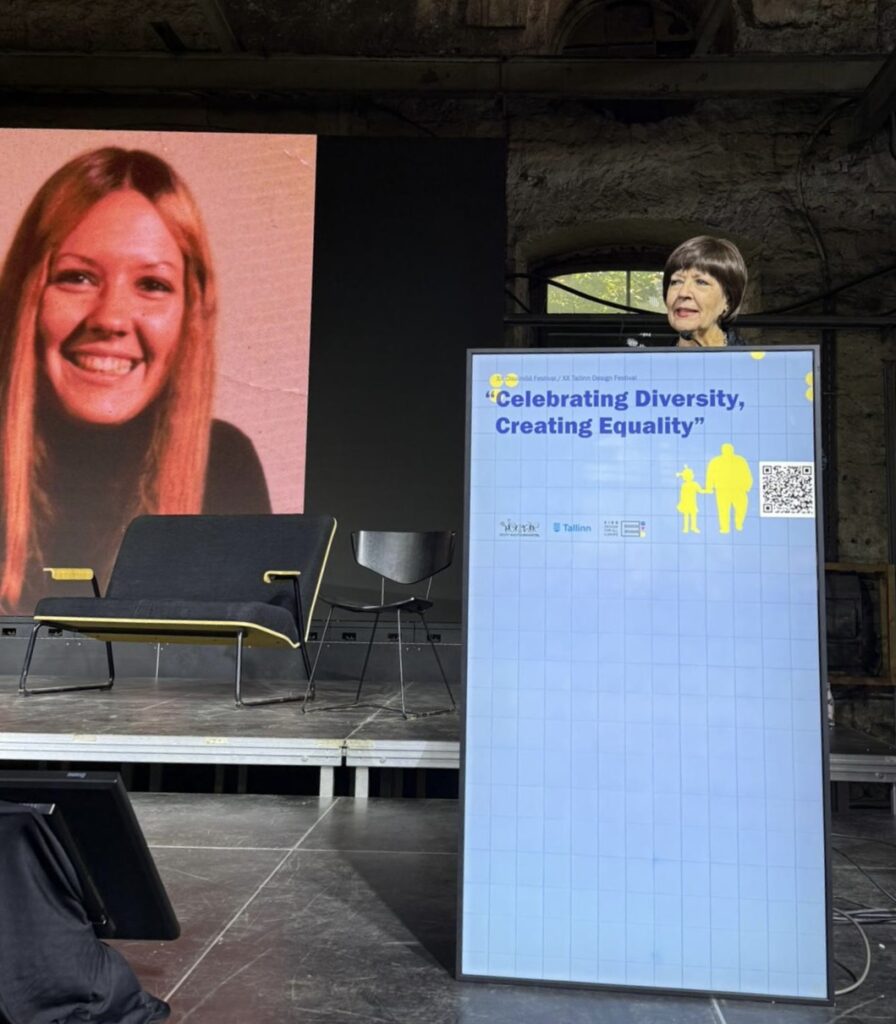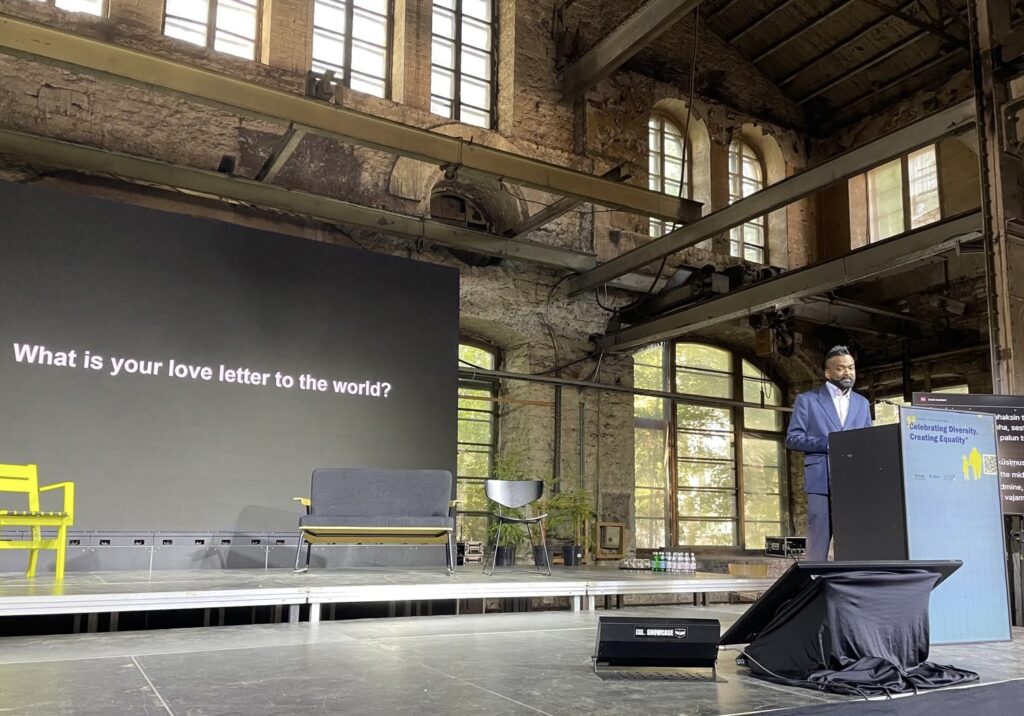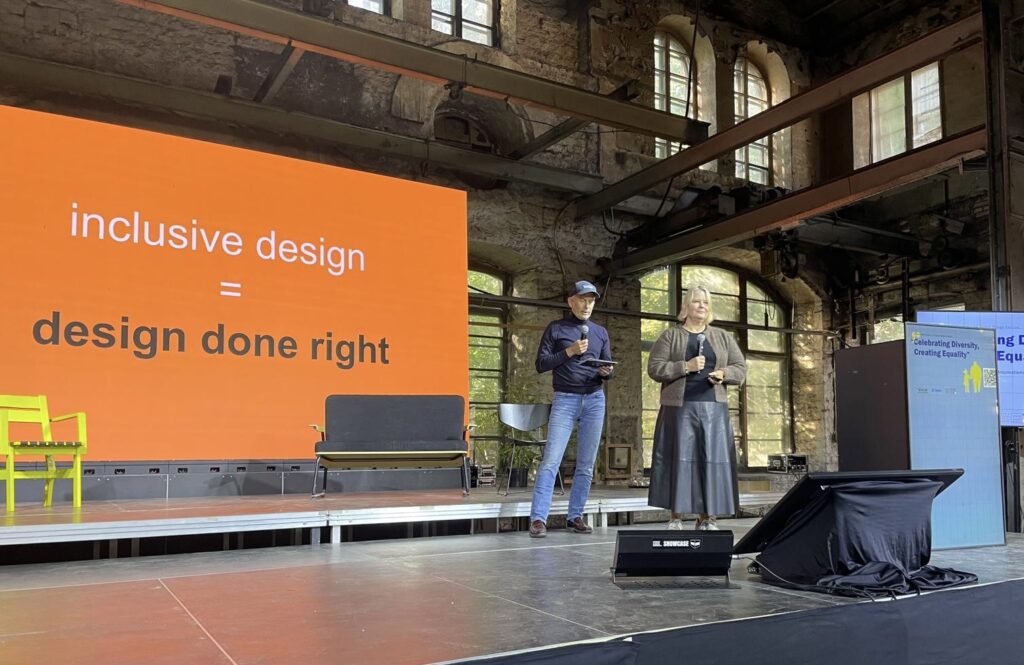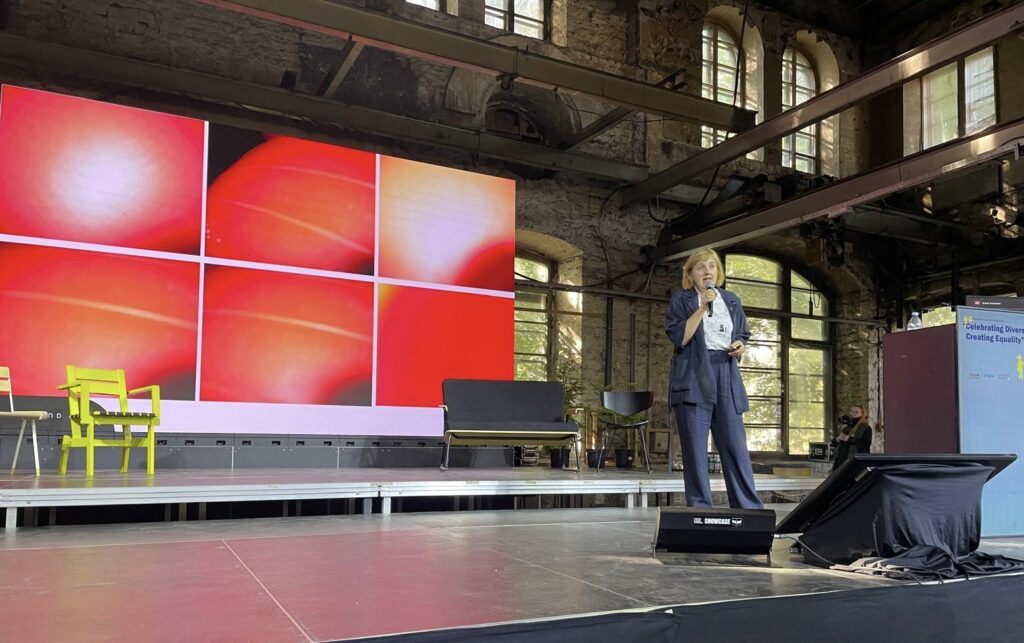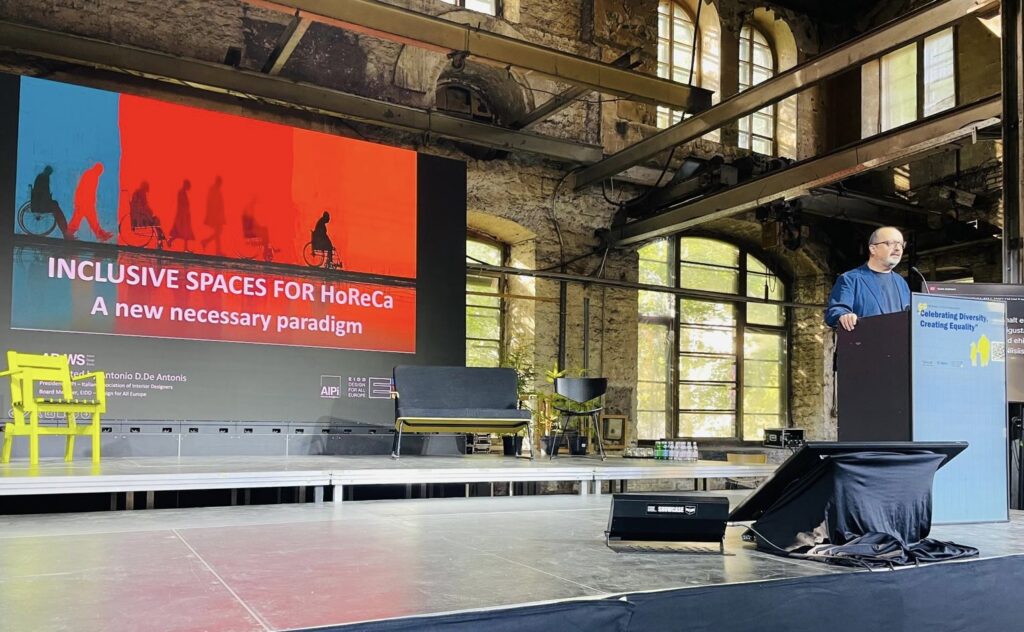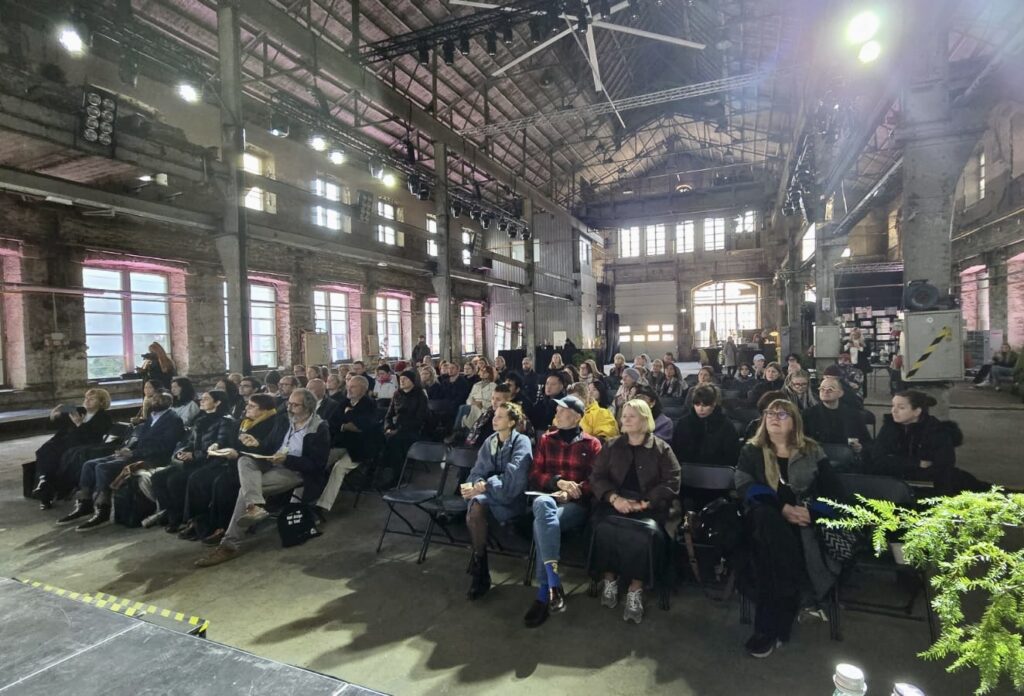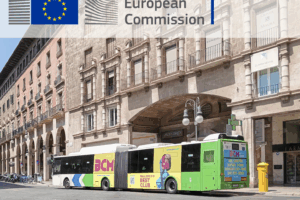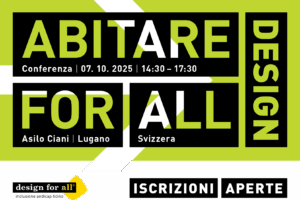Tallinn Design Festival,
Estonia’s annual celebration of creativity and innovation, unfolded from 29 September to 5 October, turning the city into a laboratory of ideas that challenge and expand the role of design in society. Among its standout moments was an international congress co-organized by EIDD – Design for All Europe (DFA), whose title set a compelling agenda for the day: “Celebrating Diversity – Creating Equality.”
The program offered a deep, 360-degree immersion into Design for All, masterfully moderated by EIDD ambassador Pete Kercher, and affirmed the movement’s momentum as we enter a new era shaped by transformative technologies and urgent social needs.
The morning opened with the powerful presence of Patricia Moore, whose words and presentation resonated profoundly with the audience. Her perspective—grounded in decades of pioneering work that humanized design through empathy—left a mark that felt both personal and collective, a reminder of how design can bridge human differences.
She was followed by Rama Gheerawo, who took the stage with what he described as a “love letter to the world,” tracing a career dedicated to inclusion and impact—a path that now sees him leading EIDD–DFA. His narrative reframed design not as a discipline confined to studios and labs, but as a practice of care, curiosity, and responsibility.
The subsequent panels showcased the breadth and depth of inclusive innovation across Europe. Jannicke Holen and Knut Bang of DOGA (Design and Architecture Norway) presented exemplary initiatives that fuse policy, practice, and public engagement—proof that inclusion scales when it is supported by institutions and embedded in design culture.
Researcher Jasmien Herssens expanded the conversation into the multisensory, making a clear case for why truly inclusive environments must engage more than the eye: they must be legible, navigable, and meaningful through sound, touch, smell, and proprioception—especially for people with disabilities.
Beata Fabisiak introduced KIDSLIKEUS and the EU co-funded Superhero Sensory Gardens, a project that translates inclusion into playful, therapeutic, and community-building spaces. Her work demonstrated how co-design with children and families can generate environments that empower, soothe, and educate at once. Anders Berggreen, meanwhile, reframed mobility design by presenting contemporary rollator walkers that prioritize dignity and identity—products for people, not patients. It was a subtle but profound shift in perspective: aid need not label; it can liberate.
The morning concluded with a pointed, practical appeal from Antonio De Antonis—EIDD board member and president of AIPI, Italy’s interior design association—who spotlighted the ethical and strategic responsibility of interior design in fostering inclusion. With most of us spending up to 95% of our lives indoors, he argued, the interiors industry cannot be an afterthought in accessibility; it must be a driver. He drew particular attention to the HoReCa sector (hospitality, restaurants, cafés), where inclusive redesign isn’t just a moral imperative but a clear economic opportunity: welcoming spaces for all attract more people, extend dwell time, and build resilient brands.
The afternoon broadened the lens further. Jakob Rosin examined accessibility through the accelerating capabilities of AI, weighing the opportunities for adaptive interfaces and real-time assistance against the risks of bias, opacity, and exclusion by design. Cameron Sinclair addressed accessible sport, where inclusive design intersects with community health, civic pride, and human aspiration. Teete Kallaste focused on designing information environments for people with hearing loss—spaces that must communicate clearly and equitably across modalities. And Jonathan W. Williams explored new pedagogical practices—“knotting new pathways”—that challenge how we teach design itself, ensuring that inclusion is not an add-on but a starting point.
What set this congress apart was not only the quality of the speakers but the energy of its audience: engaged, inquisitive, and eager to test ideas against lived experience. Questions and dialogue moved fluidly from theory to practice, from policy to prototyping, from empowerment to economics. The result was more than a conference; it was a milestone conversation that anchored Design for All as a necessity for a complex century, not a niche concern.
As Tallinn Design Festival drew to a close, one message rang clear: diversity is not a variable to be managed but a reality to be celebrated; equality is not a finish line but a design commitment renewed every day. Even as AI promises to reshape how we live, work, and move, the congress insisted on a first principle: technology must serve people, not the other way around. In that spirit, EIDD–DFA and its partners offered a compelling roadmap—one in which design listens before it leads, includes before it innovates, and measures success by the dignity and delight of everyone it touches.Thanks to Ilona Gurjaniova and her incredible team for the warm hospitalty and magnificient organization of this vibrant and inclusive event.
Tallinn 03 October 2025
